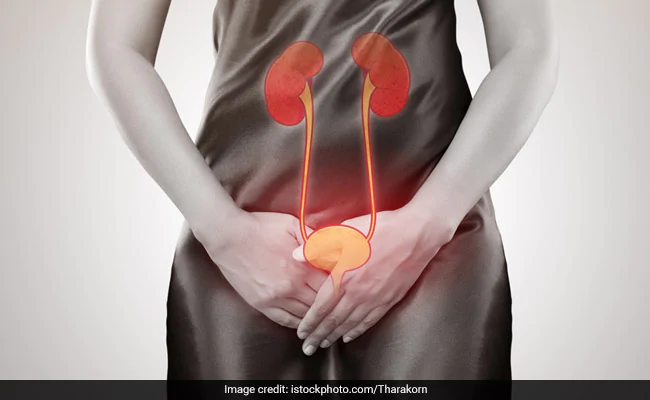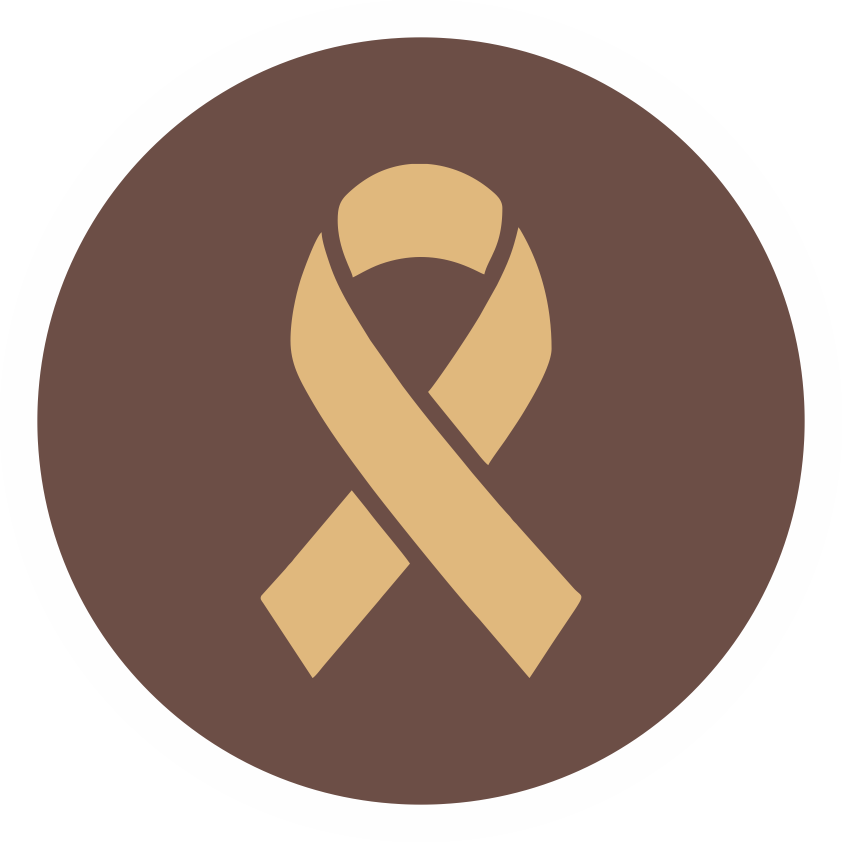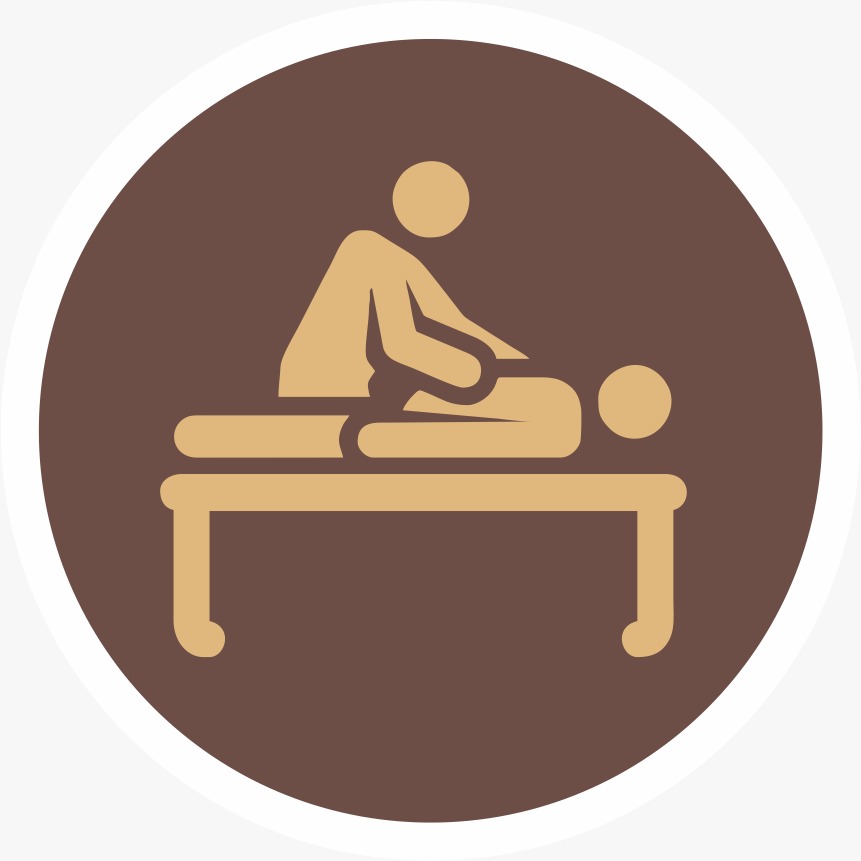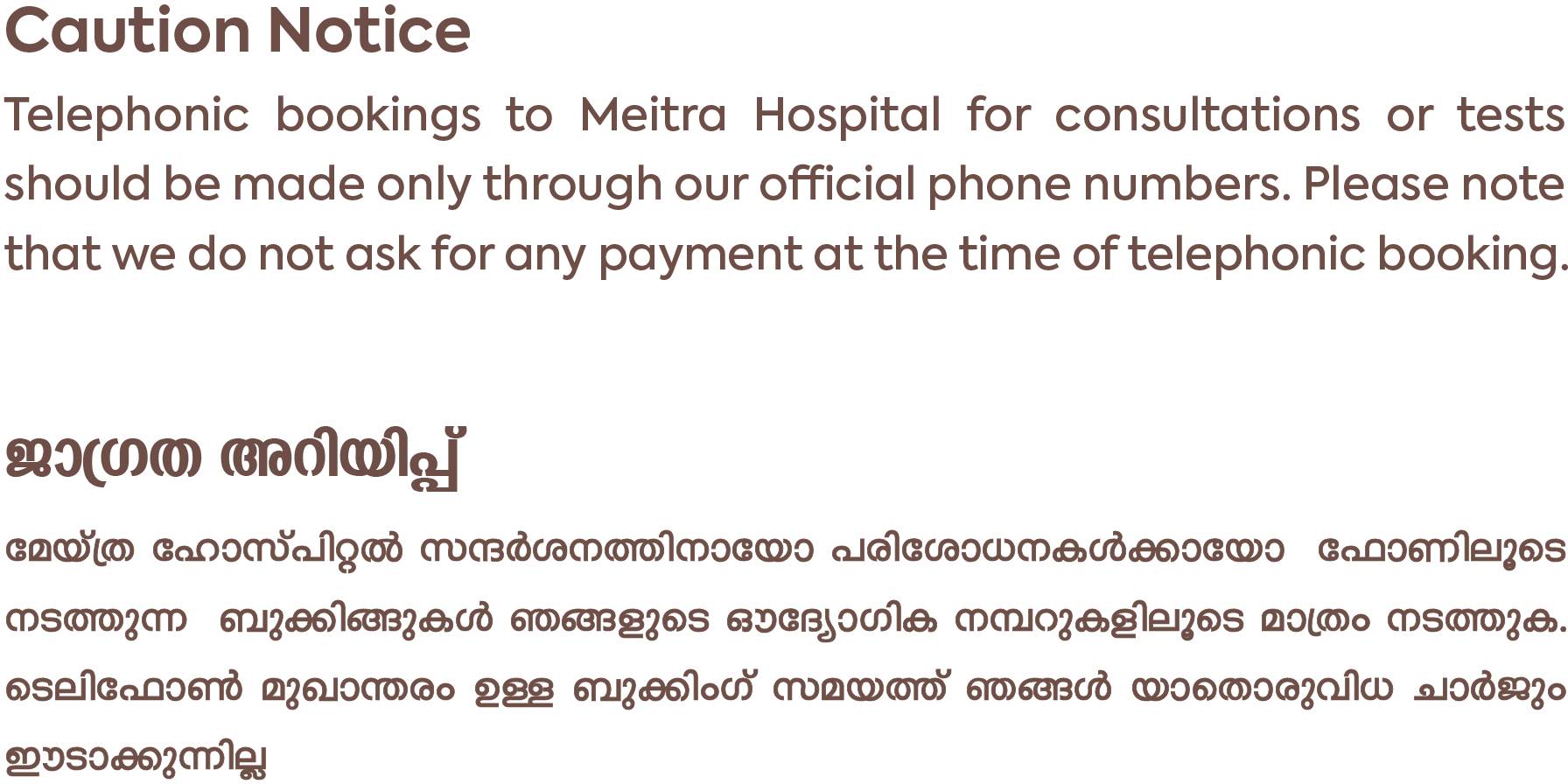- Our Doctors
- Our Specialities
Centres of Excellence
-
 Centre for Blood Diseases, BMT & Cancer Immunotherapy
Centre for Blood Diseases, BMT & Cancer Immunotherapy -
 Centre for Bone, Joint & Spine
Centre for Bone, Joint & Spine -
 Centre for Critical Care Medicine and ECMO Services
Centre for Critical Care Medicine and ECMO Services -
 Centre for Gastrosciences
Centre for Gastrosciences -
 Centre for Heart & Vascular Care
Centre for Heart & Vascular Care -
 Centre for Nephro-Urosciences
Centre for Nephro-Urosciences -
 Centre for Neurosciences
Centre for Neurosciences -
 Centre for Obstetrics and Gynaecology
Centre for Obstetrics and Gynaecology -
 Centre for Organ Transplantation
Centre for Organ Transplantation
Super Speciality
-
 Advanced Diagnostic and Interventional Radiology
Advanced Diagnostic and Interventional Radiology -
 Anesthesiology & Pain Management
Anesthesiology & Pain Management -
 Clinical Nutrition and Dietetics
Clinical Nutrition and Dietetics -
 Dental and Maxillofacial Surgery
Dental and Maxillofacial Surgery -
 Dermatology
Dermatology -
 Emergency and Trauma
Emergency and Trauma -
 Endocrinology and Metabolic Disease
Endocrinology and Metabolic Disease -
 ENT and Head & Neck Surgery
ENT and Head & Neck Surgery -
 Family Medicine
Family Medicine -
 General and Laparoscopic Surgery
General and Laparoscopic Surgery -
 General Medicine
General Medicine -
 Laboratory Medicine
Laboratory Medicine
-
- Key Procedures
- Our Hospitals
- International Patient
- Contact us
-
Quick Links
Blogs

THE THREE PILLARS OF EPILEPSY - DIAGNOSIS, TREATMENT AND SUPPORT
Epilepsy is a chronic disease of the human brain in which the affected person suffers from recurrent seizures or “fits”. These are short periods of abnormal brain electrical activity in the patient’s brain with raised clinical manifestations ranging from mild to severe impairment of consciousness, abnormal limb movements, forceful turning of head, visual, psychological, sensory experiences, etc. In some instances, the seizures get abnormally prolonged even for hours together. This is a very serious medical condition called status epilepticus which requires emergency hospitalization and treatment.
Three pillars of diagnosis
History taking: An eyewitness account of the episode will help the clinician make a diagnosis of epileptic seizure and differentiate it from conditions that mimic seizures. It also helps to understand the category of seizure and the part of the brain from which it originates. The patient’s history, starting from the antenatal period and a family history are also highly relevant to make a diagnosis.
EEG (Electroencephalogram): This is the single most important investigation in epilepsy. A carefully performed awake and sleep record (total 45 minutes) EEG will detect abnormalities in majority of the cases. However, in some cases a longer recording (8hrs to few days) may be required especially in patients who do not respond to medications. A combination of clinical seizure recording through a camera along with EEG changes (Video EEG) is the best possible method to classify and localize epilepsies.
Neuroimaging: A special protocol MRI Brain and other forms of neuroimaging are useful to find any structural brain abnormalities which could result in epilepsy. Investigative modalities like PET (Positron emission Tomography) are useful when planning epilepsy surgery.
Three pillars of management (treatment)
Medical management: The most important and commonly used form of treatment for epilepsy is medication, which has been scientifically proven to be effective with a very good safety profile. Adverse effects may occur in a minority of cases. Fear of adverse effects and reluctance to take long term medication is a big hurdle in achieving good clinical outcomes. The patient and family require constant reassurance from the treating doctor during each visit to ensure compliance to medications. It is also important to ensure a healthy lifestyle and daily routine (especially good sleep and reduced screentime) to avoid recurrence of seizures while on medications.
Epilepsy surgery: Surgery is reserved for patients who do not respond to anti-epileptic medications. Surgery can be potentially curative in about 70 percent of patients. Surgery is also performed to reduce the number and severity of seizures. Epilepsy surgery is a life-changing treatment option which must be performed only in a centre with a comprehensive epilepsy surgery program and an epilepsy team.
Neurostimulation
Stimulation of the vagus nerve in the neck (VNS) or deep brain structures (Deep Brain Stimulation -DBS) are two procedures that are now available to reduce the seizure burden in patients who cannot be considered for epilepsy surgery.
Three Pillars of support:
Epilepsy is a disease which throws many questions. The fundamental question is whether we have the right answers to these questions. Overcoming challenges, limitations and perceptions is not an easy job. But then if we have family, friends and a caring empathetic doctor and a medical team, we will, emerge victorious.
Dr Sachin Sureshbabu
HOD & Senior Consultant - Neurology, Director - Research and Innovations
Centre of Neurosciences, Meitra Hospital, Kozhikode.
Latest Posts
-
 Awake Craniotomy Jul 12, 2022
Awake Craniotomy Jul 12, 2022 -
 Curing Constipation Jul 12, 2022
Curing Constipation Jul 12, 2022 -
 The ‘Gut Health’ Buzz Jul 12, 2022
The ‘Gut Health’ Buzz Jul 12, 2022 -
 Tips to Prevent UTI Jul 12, 2022
Tips to Prevent UTI Jul 12, 2022
Categories
- Clinical Nutrition and Dietetics
- Endocrinology and Metabolic Disease
- General and Laparoscopic Surgery
- General Medicine
- Physical Medicine and Rehabilitation
- Psychiatry
- Centre for Heart & Vascular Care
- Centre for Bone, Joint & Spine
- Centre for Neurosciences
- Centre for Gastrosciences
- Centre for Nephro-Urosciences
- Centre for Blood Diseases, BMT & Cancer Immunotherapy
- Centre for Obstetrics and Gynaecology

 +91 9393 108 108
+91 9393 108 108














































